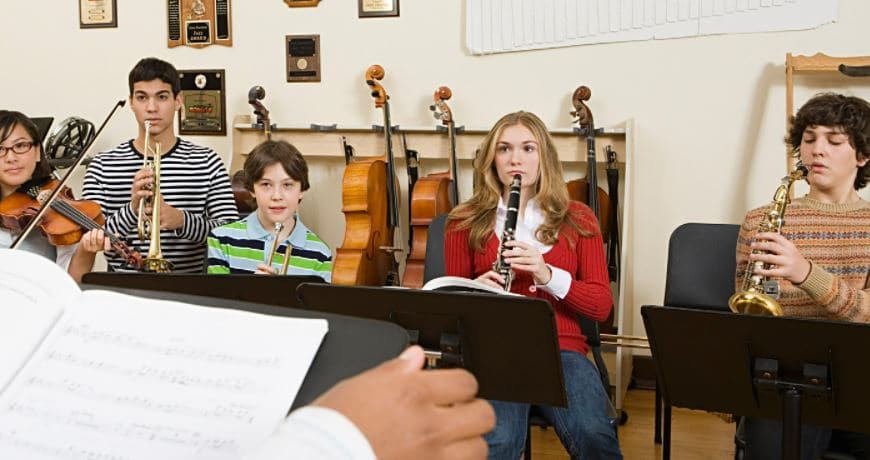In this time of Covid-19, and going forward into our annual flu seasons, it is important to know a little more about the “spray” coming out of person’s mouth or musical instrument. There was an interesting article that came out of Bristol in the United Kingdom on this very issue.
The researchers found that less spray was produced by wind and brass instruments than singing. And in fact, they found that about the same level of aerosolized spray was coming out of these instruments as normal speaking.
 Some of the musical instruments that were assessed include flute, piccolo, clarinet, trumpet, trombone, and tuba, and these was all much less than the “spray” from singing. The aerosolized output was the same as just normal speaking.
Some of the musical instruments that were assessed include flute, piccolo, clarinet, trumpet, trombone, and tuba, and these was all much less than the “spray” from singing. The aerosolized output was the same as just normal speaking.
These researchers had previously found that indeed singing did spray a lot of aerosolized droplets into the environment but only for loud singing. In some recent research earlier this year where I was involved in, myself, Bill Gastmeier (and acoustical engineer) and Dr. Mead Killion were able to show that depending on the room acoustics, musicality and audibility of the fellow speakers were maintained in a choir even if the vocalists were 5-6 feet apart.
An easy strategy is to spread out the choir members a bit more than normal during this time of Covid-19, and future flu seasons. BUT this is not required for strings (no spray at all), or woodwinds and brass instruments.
This has implications for policy development in school boards and in professional and semi-professional groups. The assumption that woodwind and brass musical instrument players emit more aerosolized spray which may contain droplets of COVID-19 is false.
The only changes need to be made for the choir where they should be encouraged to stand farther apart and whenever possible, continue to wear masks for additional potential protection.








